Car insurance is a must, but paying too much for coverage isn’t. Many drivers overpay for car insurance without even realizing it. By understanding where you might be spending more than necessary, you can cut down on your premiums and still get the coverage you need. Here’s how to spot those unnecessary costs and ensure you’re not overpaying for your car insurance.
1. Check for Coverage You Don’t Need

Image Credit: Shutterstock / insta_photos
One of the most common ways drivers overpay for insurance is by carrying coverage they don’t need. For example, if you have an older car, you might not need comprehensive or collision coverage, especially if your car’s value is lower than your premium and deductible combined. Review your policy and decide if reducing or eliminating certain coverages could save you money.
2. Review Your Deductibles

Image Credit: Shutterstock / Inside Creative House
Higher deductibles can lower your premiums, but many drivers stick with low deductibles out of habit. If you can afford a higher out-of-pocket expense in case of an accident, raising your deductible from $500 to $1,000 could save you 10-20% on your premium. Just be sure you can cover the deductible if an accident happens.
3. Reassess Your Coverage Limits
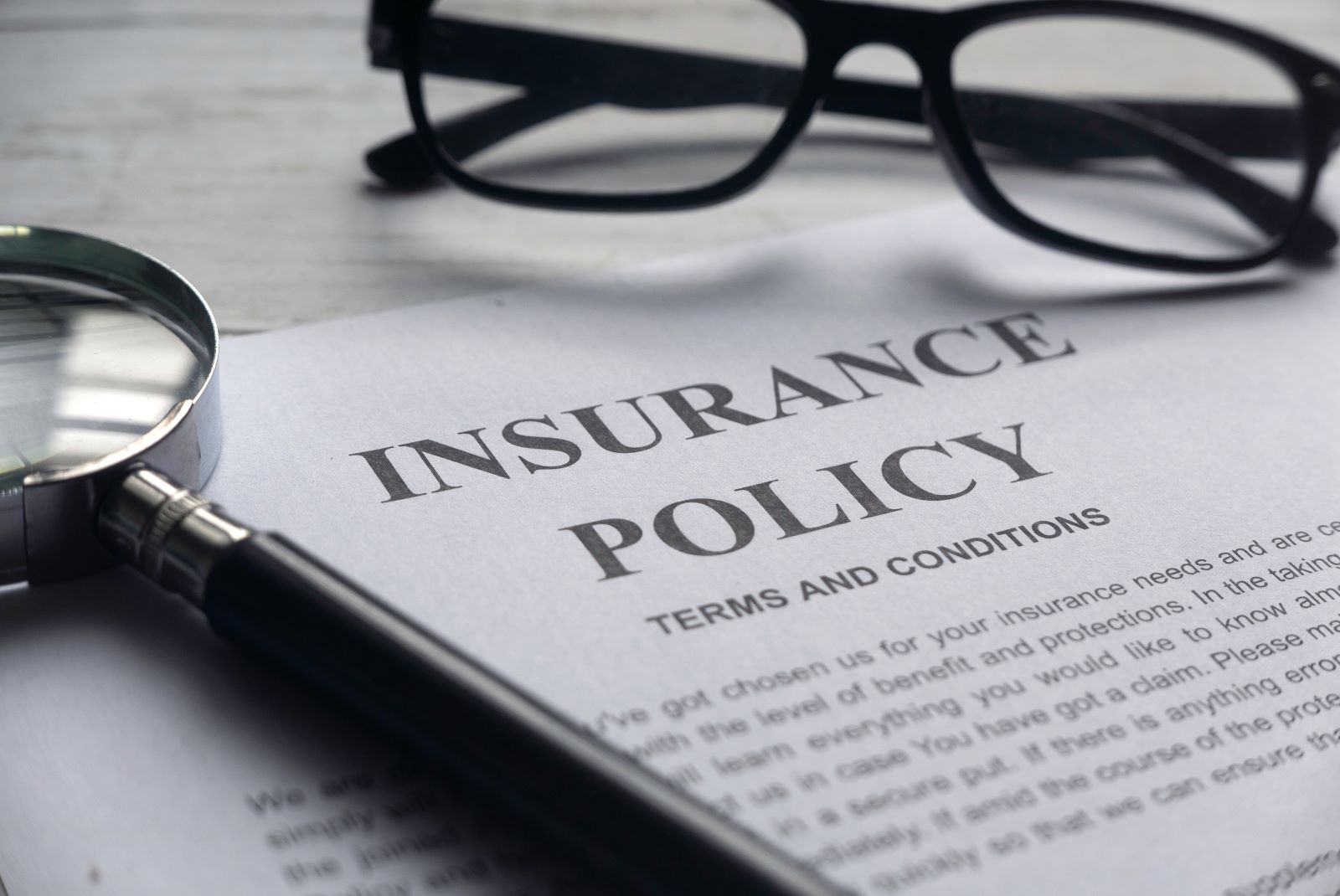
Image Credit: Shutterstock / Faizal Ramli
Car insurance policies often come with higher-than-necessary coverage limits, which can drive up your costs. Make sure your liability coverage limits meet state requirements, but aren’t unnecessarily high for your financial situation. You want enough coverage to protect your assets, but you don’t need to overpay for more than that.
4. Evaluate Add-Ons and Extras

Image Credit: Shutterstock / CrizzyStudio
Many insurance policies come with optional add-ons like roadside assistance, rental car reimbursement, or gap insurance. While these extras can be useful, they’re not always necessary. For instance, if you’re already covered for roadside assistance through an auto club like AAA or a credit card, paying extra for it through your insurance might be redundant.
5. Shop Around for Better Rates

Image Credit: Shutterstock / BalanceFormCreative
Loyalty doesn’t always pay when it comes to car insurance. Insurance companies change their rates all the time, so it pays to shop around every year or two. Use comparison tools like The Zebra, NerdWallet, or insurance brokers to see if you can get the same coverage for less with another company. Sometimes, switching insurers can save you hundreds of dollars a year.
6. Avoid Monthly Payment Fees

Featured Image Credit: Shutterstock / My Agency
Many insurance companies charge extra fees if you pay your premium monthly instead of annually or biannually. If you can afford to pay upfront for six or twelve months of coverage, you could avoid these additional fees, which can add up to $50 or more per year.
7. Ask About Discounts You’re Missing

Image Credit: Shutterstock / Indypendenz
You might be missing out on discounts that could lower your premium. For example, many companies offer discounts for safe driving, bundling home and auto insurance, low mileage, or installing anti-theft devices. Call your insurance company and ask if there are any discounts you’re eligible for that aren’t currently applied to your policy.
8. Consider Usage-Based Insurance
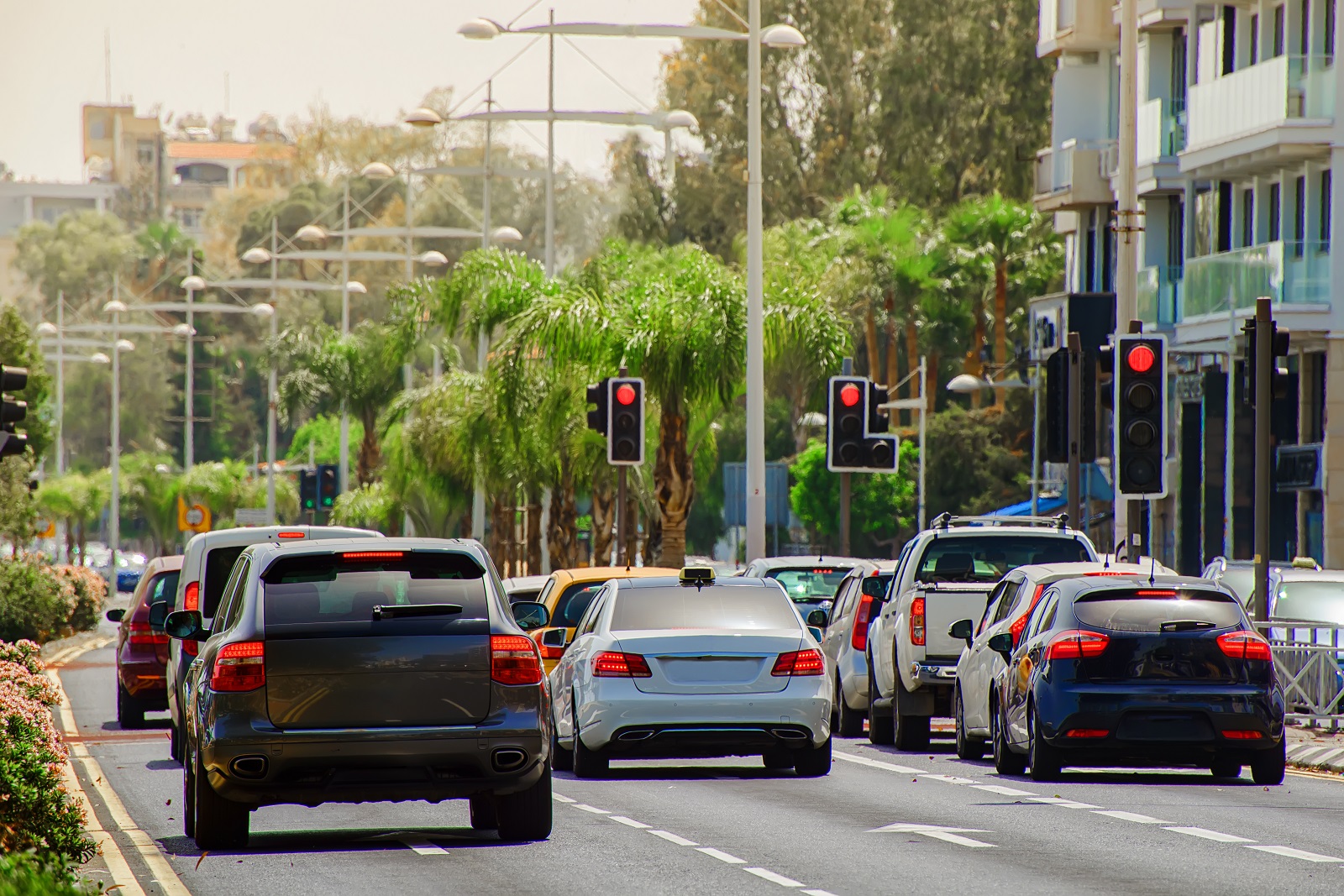
Image Credit:Shutterstock / BACHTUB DMITRII
Usage-based insurance policies, which track your driving habits through telematics devices or apps, can result in significant savings if you’re a safe and infrequent driver. Companies like Progressive’s Snapshot or State Farm’s Drive Safe & Save offer these programs, which can lower your premiums based on how you actually drive, rather than relying on general risk factors.
9. Update Your Annual Mileage

Image Credit: Shutterstock / Rawpixel.com
If you’ve recently changed jobs, started working from home, or are driving less for any reason, your lower mileage could qualify you for a discount. Insurance premiums are partly based on how much you drive, so updating your annual mileage with your insurer could lead to savings.
10. Check for Duplicate Coverage

Image Credit: Shutterstock / LightField Studios
Sometimes, drivers unknowingly pay for duplicate coverage. For example, if you have health insurance, you might not need medical payments coverage (MedPay) on your auto policy. Or if your car loan includes gap insurance, you don’t need to pay for it again through your auto insurer. Review your policy to ensure you’re not paying for the same coverage twice.
11. Avoid High-Risk Drivers on Your Policy

Image Credit: Shutterstock / Bilanol
If you have multiple drivers on your policy, a high-risk driver, such as a teenager or someone with a poor driving record, can significantly increase your premiums. Consider separating policies for high-risk drivers or adjusting coverage limits to minimize the impact on your overall cost.
12. Be Mindful of Credit Score Impact
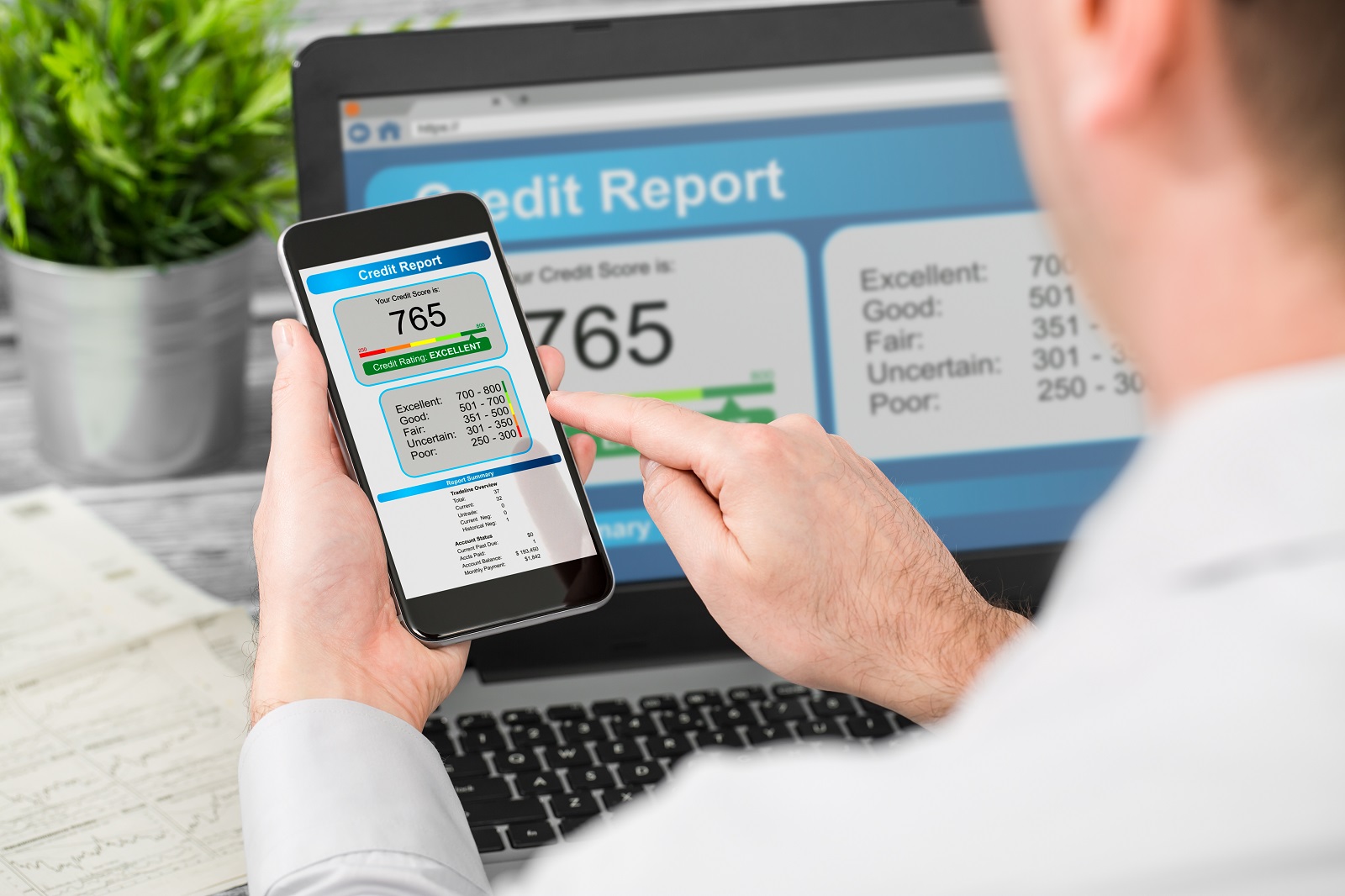
Image Credit: Shutterstock / REDPIXEL.PL
In many states, your credit score can affect your car insurance premiums. If you’ve improved your credit score recently, notify your insurer to see if you qualify for a lower rate. Conversely, if your credit score has dropped, shopping around for better rates could help offset any potential increases.
13. Reevaluate Rental Car Coverage

Image Credit: Shutterstock / Pormezz
Rental car reimbursement is a useful add-on, but if you rarely rent cars or have access to a second vehicle in case of an accident, this coverage might not be necessary. Dropping rental car coverage could save you a few extra dollars each month.
14. Be Cautious About Claims
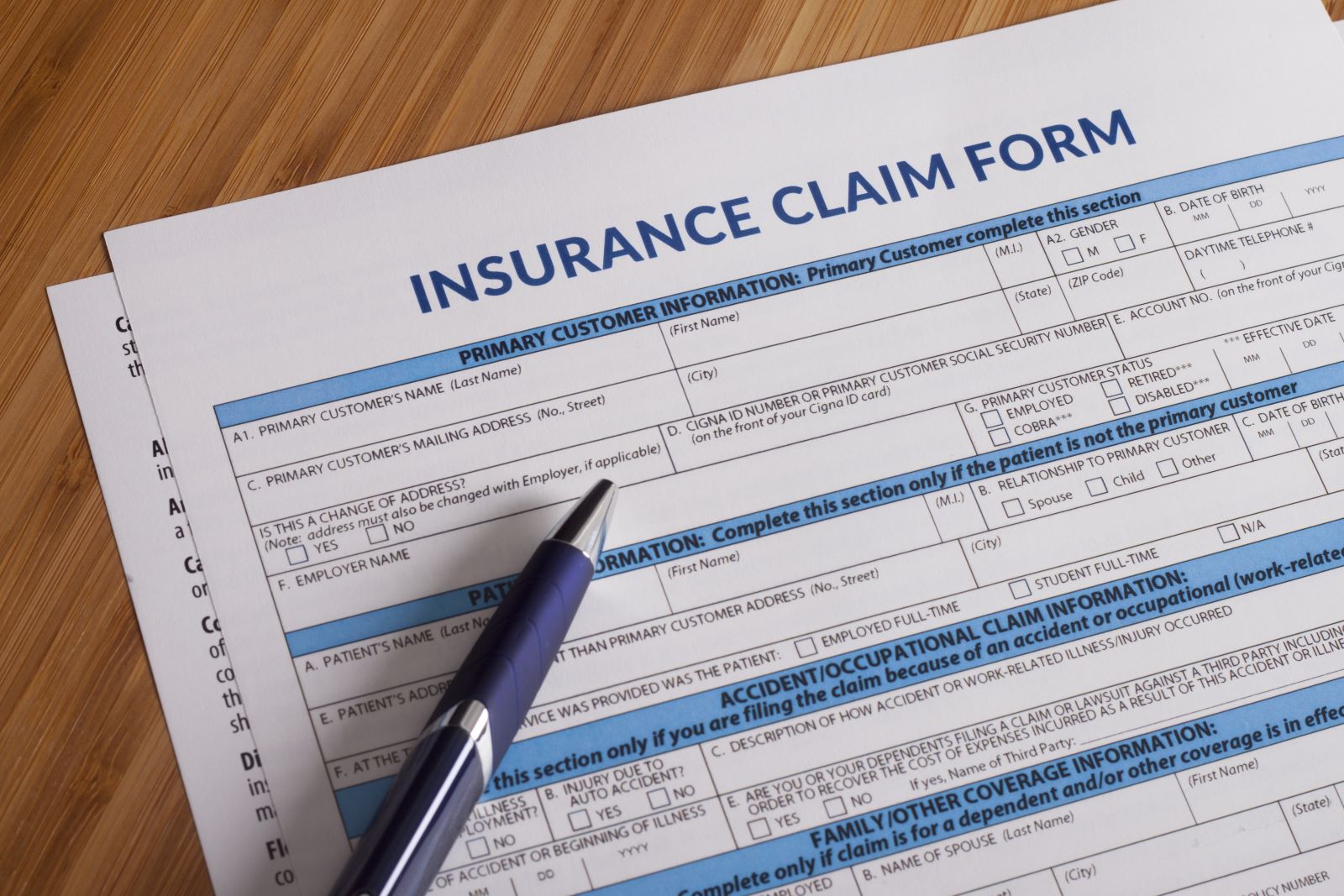
Image Credit: Shutterstock / danielfela
Filing multiple claims can lead to higher premiums in the long run. If you’re involved in a minor incident and can afford to pay for repairs out of pocket, it might be cheaper to skip the claim and avoid a premium hike. Be strategic about when to file a claim and when to handle repairs independently.
15. Location, Location, Location
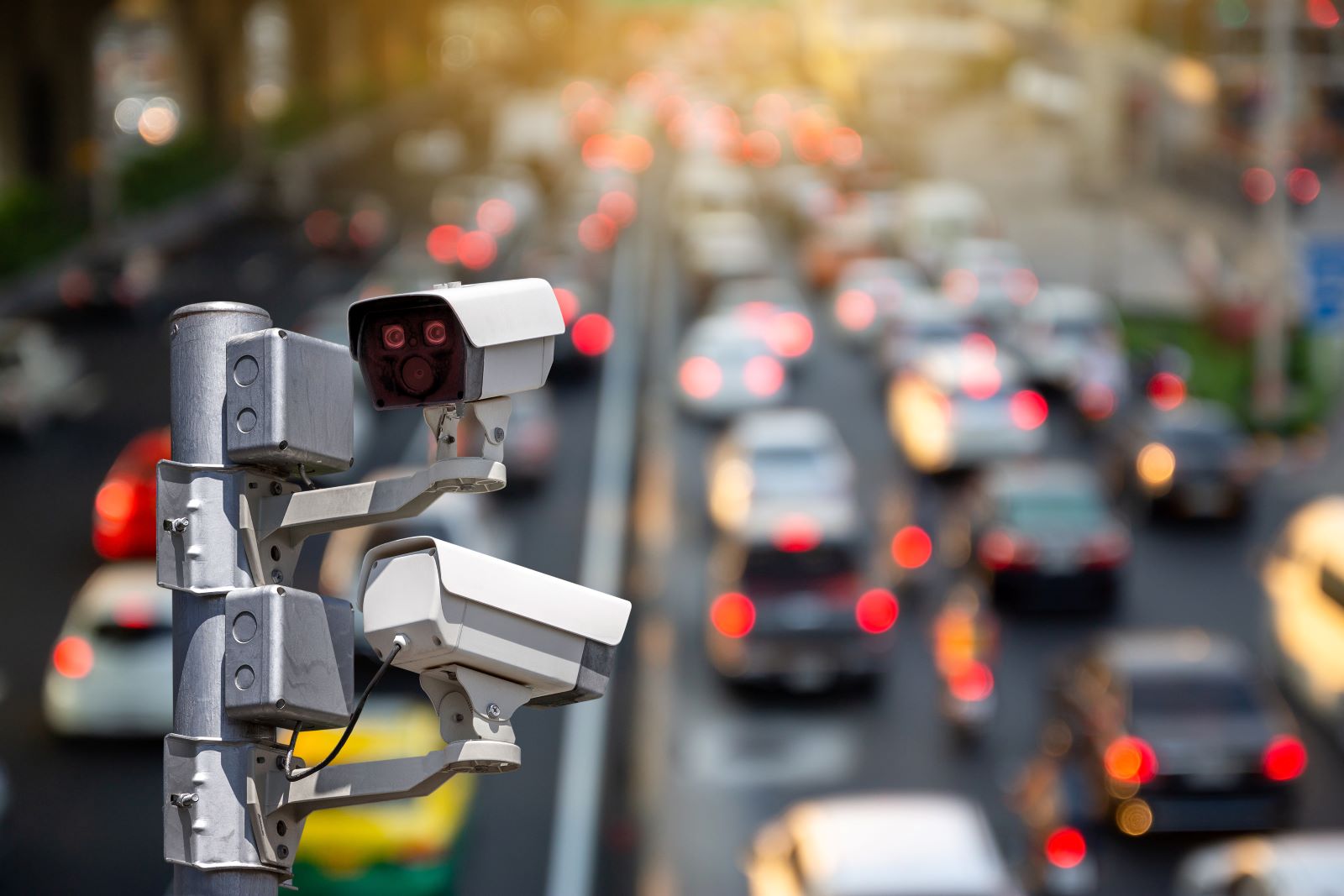
Image Credit: Shutterstock / Sombat Muycheen
Where you live plays a significant role in your insurance premium. If you’ve recently moved to a safer neighborhood with lower crime rates or less traffic, notify your insurer. Even moving a few miles to a different ZIP code can make a difference in your rate.
16. Assess Multi-Car Discounts
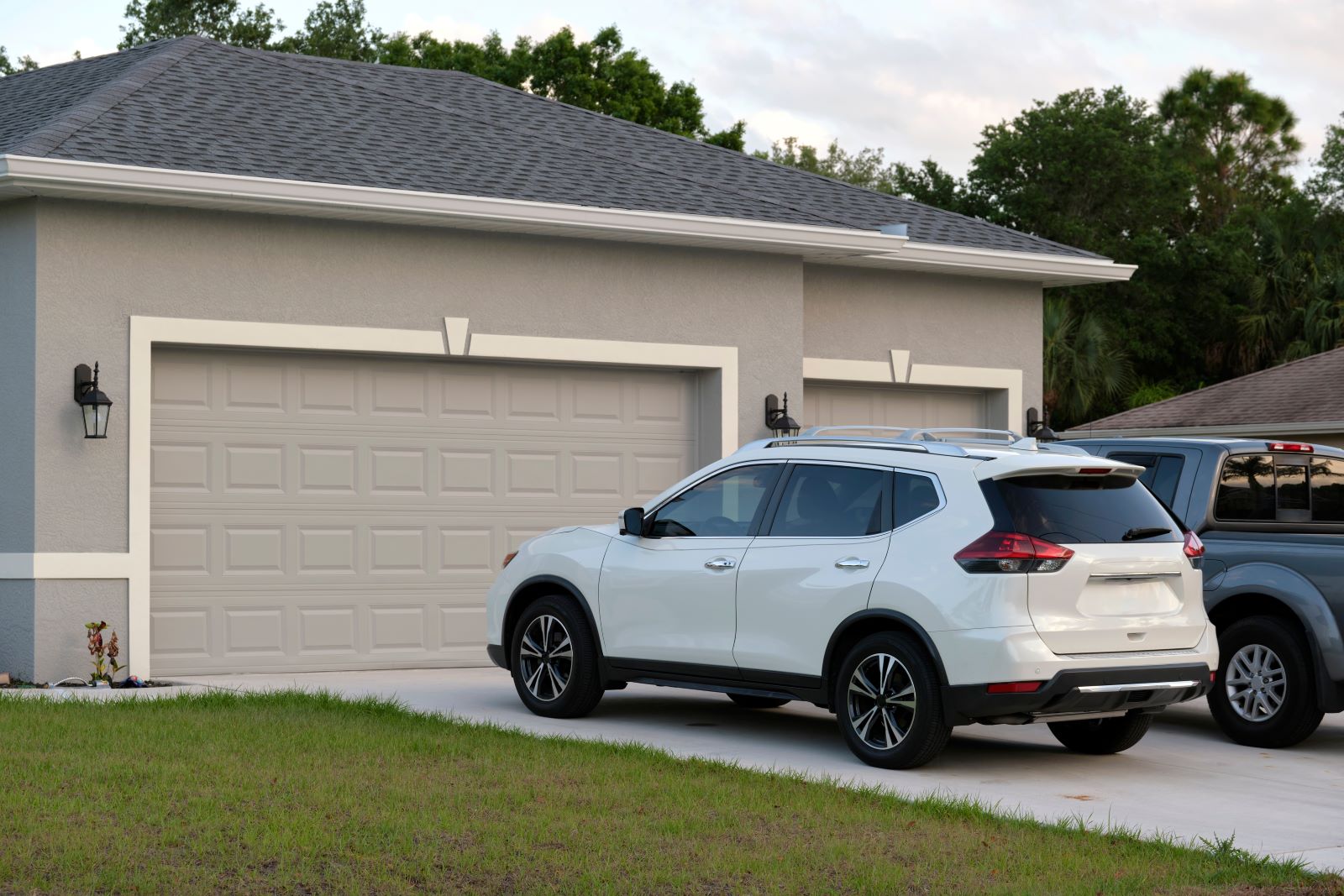
Image Credit: Shutterstock / Bilanol
If you have more than one car in your household, bundling them under one insurance policy could qualify you for a multi-car discount. However, in some cases, it might be cheaper to insure each vehicle separately with different companies. Compare costs to see which option is more affordable for you.
17. Evaluate Your Policy Regularly

Image Credit: Shutterstock / Africa Studio
Insurance needs change over time, and what made sense last year might not be the best option today. Make it a habit to review your policy every six months to ensure you’re not paying for unnecessary coverage or missing out on potential savings.
Are You Paying for What You Actually Need?

Featured Image Credit: Shutterstock / fizkes
Car insurance is necessary, but that doesn’t mean you need to overpay. By taking the time to review your coverage, assess your needs, and shop around, you can eliminate unnecessary costs and save money. Are you paying for more than you need, or is it time to give your policy a closer look?
Police Magnet: 7 Cars That Guarantee You’ll Get Pulled Over
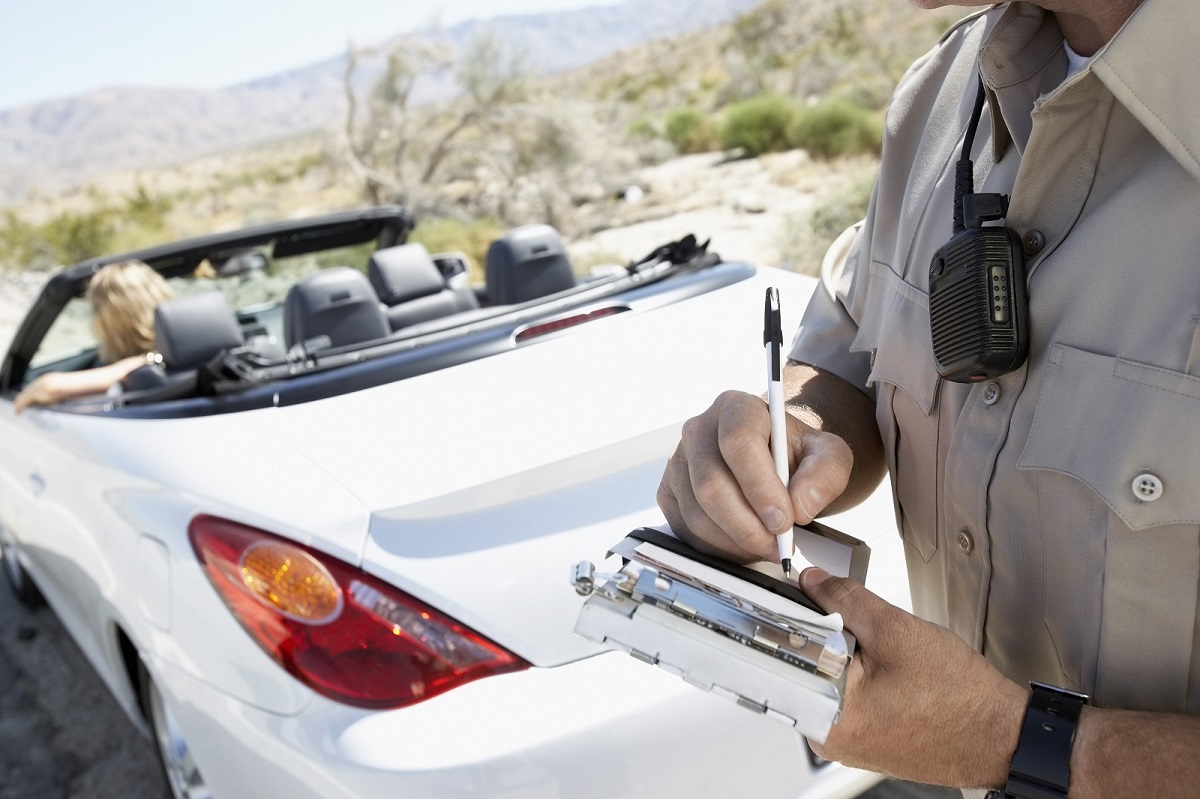
Image Credit: Shutterstock / sirtravelalot
Driving certain cars can make you more noticeable to law enforcement, even if you’re abiding by all the rules. Are you driving one of these “police magnets”? Here are seven cars that seem to attract more police attention than others. Police Magnet: 7 Cars That Guarantee You’ll Get Pulled Over
The Classic Cars That Were Total Clunkers
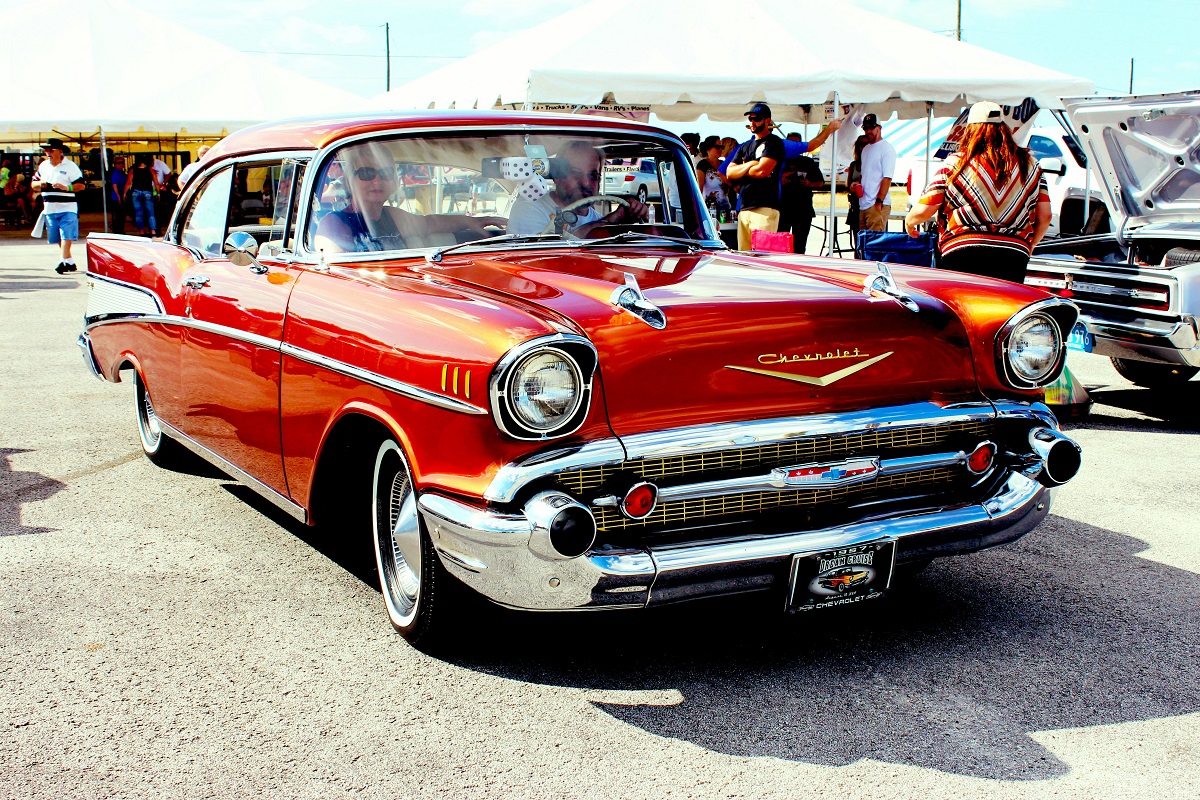
Image Credit: Pexels / Pixabay
Nostalgia has a funny way of making the past seem better than it was, especially when it comes to cars. But here’s the hard truth: some of those “classic” cars your dad raves about were real clunkers. Here’s a closer look at why some of those so-called “classics” weren’t all they were cracked up to be. The Classic Cars That Were Total Clunkers
The Worst U.S. Cars Ever Made: A Retro List

Image Credit: Pexels / Be The Observer
The U.S. auto industry has produced some incredible vehicles, but not every model was a hit. Here’s a look back at 16 of the worst cars ever made in the U.S., each infamous for its own unique flaws. The Worst U.S. Cars Ever Made: A Retro List
Featured Image Credit: Shutterstock / meeboonstudio.
The content of this article is for informational purposes only and does not constitute or replace professional advice.
The images used are for illustrative purposes only and may not represent the actual people or places mentioned in the article.
For transparency, this content was partly developed with AI assistance and carefully curated by an experienced editor to be informative and ensure accuracy.



